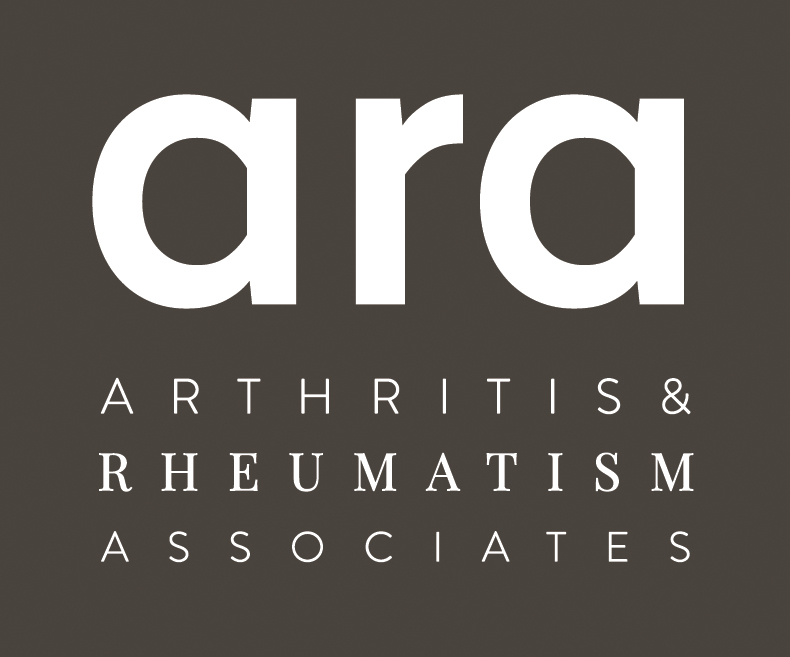Osteoporosis
Osteoporosis (OP) is a disease of the bone where deterioration of the microarchitecture of the bone leads to an increased risk of fracture. Approximately 8-9 million people in the United States over the age of 50 have OP, while another 42 million have low bone mass (Osteopenia). 80% of these people are women. In the United States, 2 million fractures are reported yearly. The most common fractures involve the bones of the hips, spine and wrists.
Having one bone fracture increases the risk of having another one twofold, while a history of vertebral fracture increases the risk of another vertebral fracture fivefold. The factors that determine bone strength are nutrition, genetic predisposition and level of physical activity. Bone mass is acquired until the age of 20, and lost from there on. The pace of bone loss is determined by an individual's medical condition, medications and nutritional status, smoking, and physical activity. Treatment of OP must be multifaceted, involving nutritional support, fall prevention, behavioral modifications and medical intervention.
Fast Facts
Brittleness of the bones leading to increase in fracture risk.
Common risk factors are smoking, family history, malnutrition and inactivity.
Bone densitometry is a method of screening and a measure of risk for fractures.
Ask a Question
Do you have a question for our physicians about Osteoporosis? Send it here and we’ll get back to you within one business day.
Provide your phone number if you’d like us to call you, otherwise we’ll answer your question via email.





